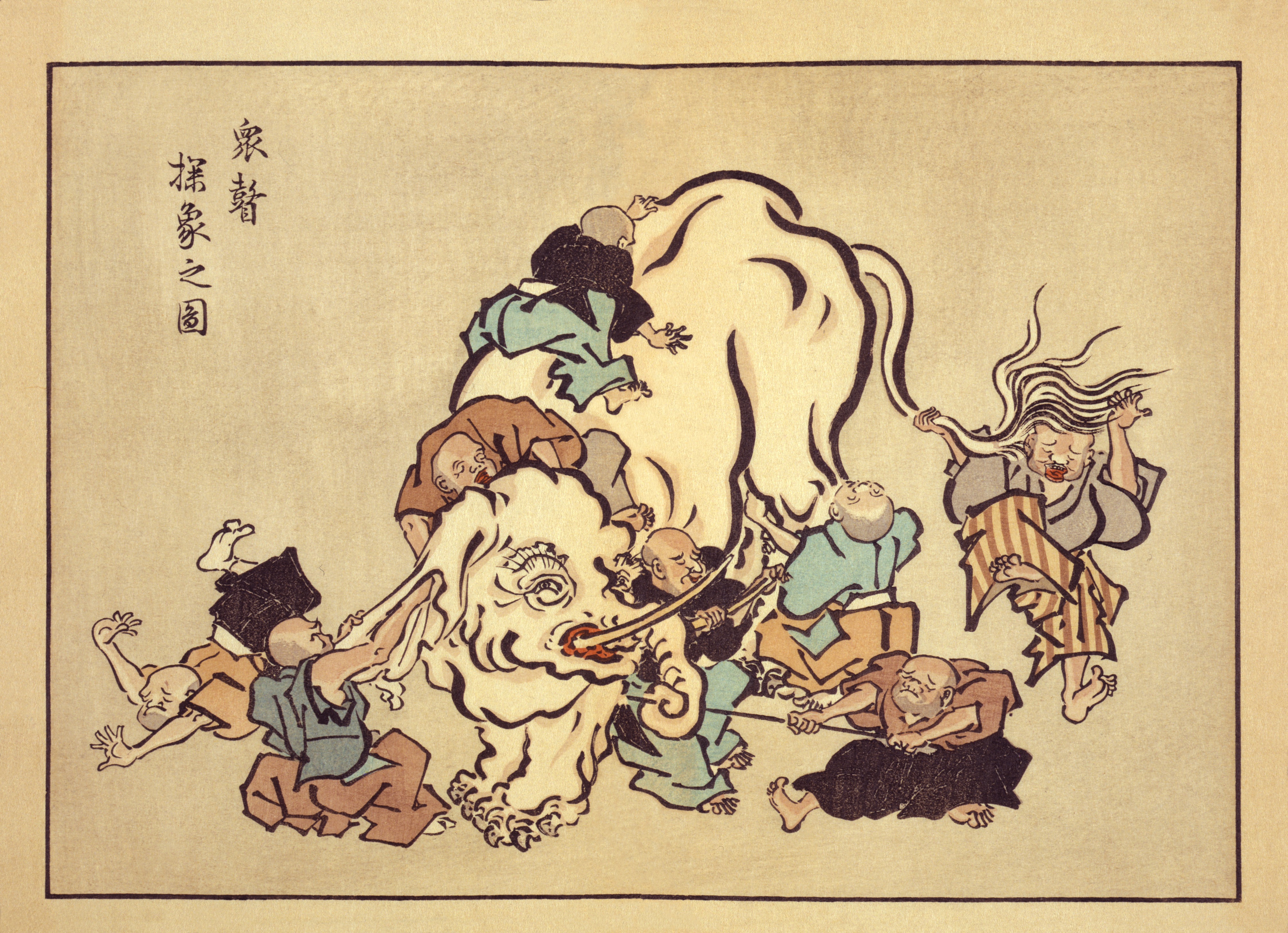So. I had an idea that I liked, a project that I thought was good.
But as it came along, I saw it didn’t fit the timeline for the course well enough. And that community I wanted to explore? It never materialized– at least, not for me. I have received only THREE user-submitted testimonials… And that’s after making it into a contest and offering to give away two books.
So then I changed my topic. Last week I brought in the storyboard of my new idea: “Why online lectures suck. And what we can do about it.” Conferencing, the instructor didn’t really like how I was framing it. And as I thought about it and looked into it more, I came to agree with her.
Now I’m working– once again– on getting a script worked out that actually works, dealing with topic number two.
—————————-
At this point, I’m kind of reconsidering my feelings on digital storytelling as a pedagogical tool. I feel like my original project idea was feasible, could have created a good video, and could have been completed on time. But it didn’t work with the way that the class– that classes in general– are set up. I think the problem is the fact that different projects require different creative processes.
If you’re doing something that’s interview-heavy, you’re going to take a lot more time gathering sources and editing, but there won’t be as much time needed for other processes. Storyboards and scripts may come later if at all, once the sources let you know what they’re going to say. If you’re going for a Junior-League Ken Burns kind of thing, scripting and storyboarding are far more important. Your research will be mostly finding pictures to pan over. Filming won’t be as time-consuming.
And those are just two broad examples. Everyone works on every project differently. You have to work with the project, you’ve gotta go with the grain, and let the logical demands of the project inform your timeline.
Grading and classroom supervision aren’t like that, however. They have to be rationalized. People need deadlines, and the deadlines need to be the same for everyone. Introducing something like DST to students requires that you keep on them with a timeline, etc. That you supervise and micromanage and, at least to a certain extent, that you standardize. You have to schedule assignments and deadlines as if everyone’s process is the same, when in fact, different projects have different timelines because they demand differing amounts of attention to different aspects of the process.
I think that DST could be an incredibly useful tool for students in, for example, a Montessori classroom, where individualized attention and learners setting their own pace is the norm. But that’s not a luxury that many of us will have. Most of us will have to be in classrooms where things are, as a matter of course, basically standardized. Classroom size, teaching loads, etc. mean that this is basically outside of our control. And in that sort of setting, I’m starting to question the utility of trying to teach DST techniques, etc.
This is not a rejection of the concept as a whole, of course. I do think that it’s important that scholars and teachers use techniques like this. We need to see beyond the chalkboard, the powerpoint slideshow, the monograph. And this *is* a good way to approach certain topics, and can lead to different sorts of learning outcomes for those who take the time to do it.
I’m just wondering– is it really compatible with most people’s classroom reality?






 A sidebar of sorts:
A sidebar of sorts: